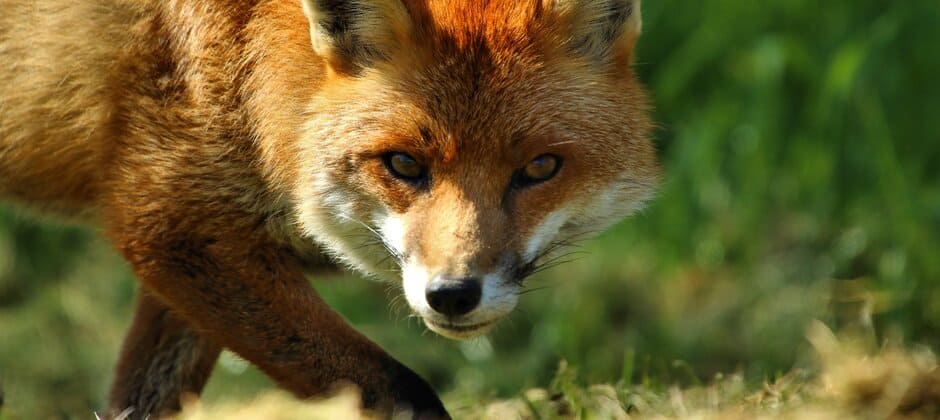Share this article
For some carnivores, half their diet comes from human food
Human food comprises up to half the diet of carnivores living close to people, researchers found, which can have consequences for the individuals and the ecosystem.
“A lot of us have pursued this line of inquiry about how much human food percolates into these systems,” said Jonathan Pauli, an associate professor at the University of Wisconsin and the senior author of the recent study published in Proceedings of the National Academy of Sciences.
He and his colleagues had looked previously at the impacts on individual species — the importance of human subsidies for black bears (Ursus americanus), for instance, or how consuming human food can put pumas (Puma concolor) at risk.
“But what hasn’t really been pieced together is how does a carnivore community — multiple species — how has that altered with these subsidies?” Pauli said.
In the Great Lakes region, Pauli and Philip Manlick, now a postdoctoral researcher at the University of New Mexico, looked at carnivores’ fur and bones to determine more broadly how human subsidies might impact communities of carnivores. The signature of the plants in the region makes it easier for researchers to decipher native plants from human food, Pauli said. Corn and sugar, for instance, is naturally absent from the Great Lakes ecosystem, so when they appear in carnivores’ diets, they had to have come from people. “We can trace pretty cleanly that pathway of human subsidies into the ecosystem,” Pauli said. “That’s why we targeted the Great Lakes.”
What carnivores eat is important, he said, because niche overlaps may influence the dynamics of the ecosystem and cause competition between carnivore species.
Working with state and federal agencies, trappers, museums and other partners, the team collected fur and bone samples from gray wolves (Canis lupus), coyotes (Canis latrans), bobcats (Lynx rufus), fishers (Pekania pennant), martens (Martes americana) and other carnivores from Minnesota, Wisconsin, New York and the Upper Peninsula of Michigan.
They chemically analyzed the samples, looking at carbon and nitrogen isotopes to determine what the carnivores were consuming. “You are what you eat,” Pauli said. “Isotopes in your body are more or less reflective of what you’re consuming.” Pauli said these isotopic signatures can also help them determine if there are any niche overlaps regarding what they’re eating.
The team found that carnivores that live closer to humans, like coyotes, foxes, and fishers, are getting around 50% of their diet from human subsidies. Other carnivores, like bobcats, had diets with less human food.
This could mean broader ecosystem impacts. As human items increase in the environment, carnivores likely expand their niches, causing greater overlap with other carnivores. While this study didn’t look at carnivore diets historically, past research Pauli and his colleagues conducted found that cougars on Colorado’s Front Range had a smaller historical food niche, before human subsidies were as widely available.
Past research has also shown that carnivores alter their timing of activity, with some becoming more nocturnal, in areas where humans are present to avoid conflict.
Managing human subsidies isn’t easy, Pauli said. “It’s not a simple fix. There are a diversity of pathways they come in through that does create a challenge.”
Header Image:
For carnivores that live close to people, like foxes, 50% of human food can make up their diets.
Credit: Airwolfhound








